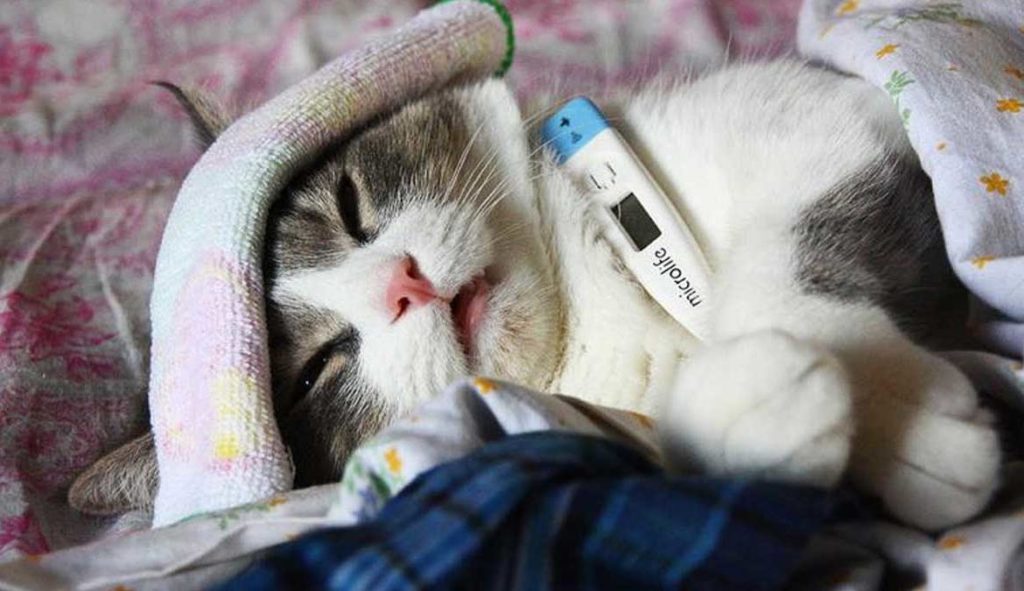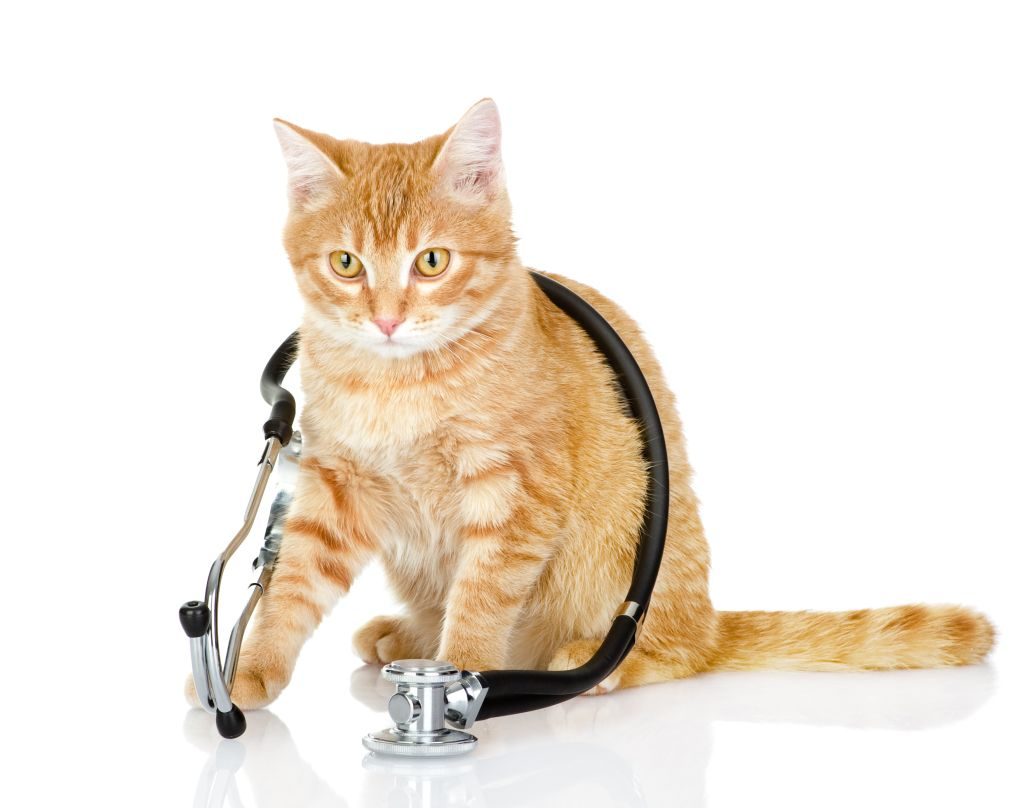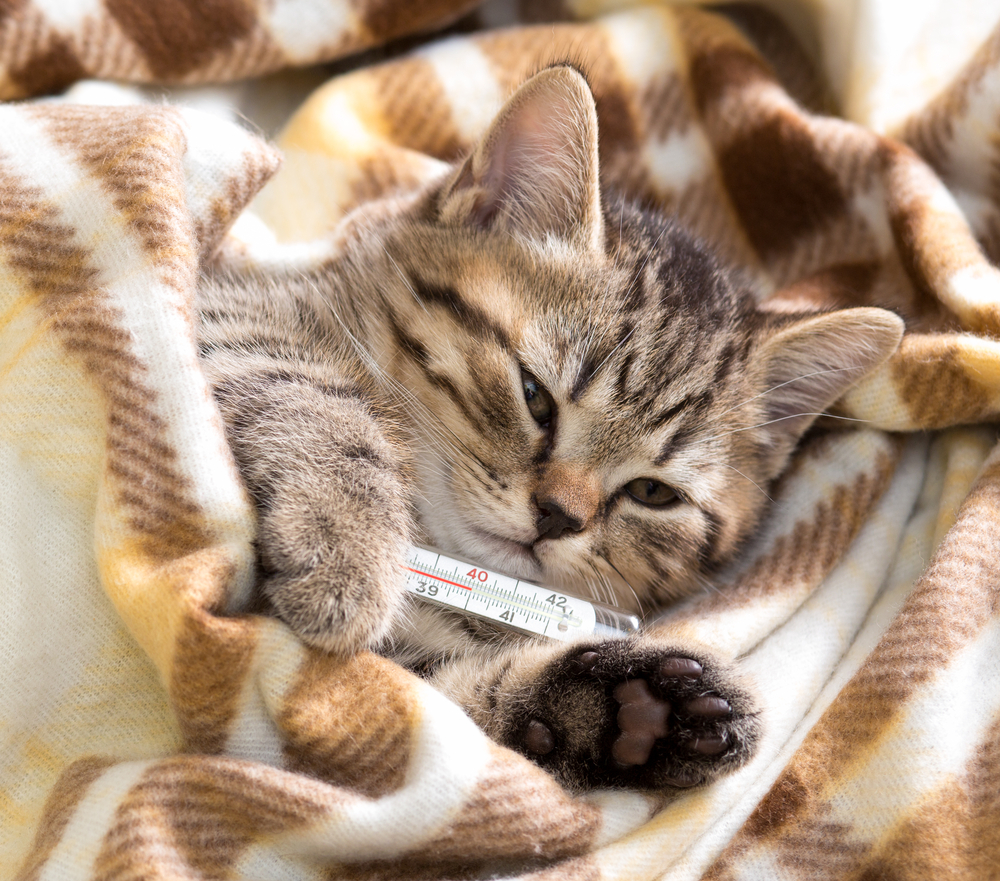It is generally accepted that almost all diseases are transmitted from person to person, but not from domestic cats to humans. But this opinion is erroneous, since there are dozens of diseases that one and the other can suffer from, and they are called zooanthroponoses. Each owner of a cat should know what threatens him with such a neighborhood, so that you can take action if something happens.

Rabies
Rabies is a viral disease that is very dangerous for all warm-blooded creatures, including humans. Any animals can be carriers of rabies, not only cats, for example, dogs, foxes, rats, hedgehogs and others. It is transmitted mainly through bites and scratches, in rare cases, through the mucous membrane. With normal contact with the animal, the risk of infection is minimized.

Rabies virus, entering the human blood, very quickly reaches the central nervous system, after which there are irreversible consequences and, as a result, a fatal outcome.
Indirect signs of rabies in cats:
- aggression, nervousness;
- lethargy;
- profuse salivation, foam from the mouth;
- impaired coordination of movements.
Unfortunately, rabies is practically not amenable to treatment, so it is important to vaccinate the animal at the time prescribed by the veterinarian. If a cat or other animal is suspected to have been bitten by rabies, a vaccine should be given as soon as possible.
Cat scratch disease
The cause of the development of the disease in the human body is a pathogen, which is a representative of the normal microflora of the cat’s mouth. The bacterium enters the human body through close contact with the animal, through bites, scratches, less often – if the cat licks a place on the human body that has damage to the skin.

The disease is characterized by the following symptoms:
- in place of a scratch or bite after 2-3 days, a spot with a red rim appears;
- a few days later, the stain turns into a bubble with cloudy contents, which then turns into an ulcer;
- some time after a scratch (from 5 to 45 days), nearby lymph nodes become inflamed;
- there is a headache, fever, lethargy, pain in the muscles and joints.
With the right treatment, the disease goes away quickly, but people with a weakened immune system can experience complications such as infections of the eyes, brain, and heart.
Salmonellosis
Salmonellosis is often found in cats that are fed raw meat or that catch rodents and birds and then eat them. A person can become infected with salmonellosis during the cleaning of the cat tray, as the pathogen is excreted along with the feces of infected cats.

The main symptoms of the disease in humans:
- diarrhea;
- fever;
- stomach ache.
In cats, the symptoms are similar – diarrhea, fever, vomiting, anorexia. For both animals and humans, Salmonella is very dangerous; in advanced cases, without proper treatment, the disease can lead to the death of the patient.
Toxocariasis
The causative agents of the disease are toxocaras, or larvae of feline worms. They live in the animal’s body and lay eggs, which are then excreted in the feces. Since the larvae are very sticky, they remain on the cat’s coat and legs, and then are transferred to it throughout the house. Touching invisible larvae, a person can become infected with toxocariasis if they accidentally get into the gastrointestinal tract. And if the animal tolerates toxocariasis asymptomatically, then for a person the consequences are quite serious:
- headaches;
- fever;
- rash;
- cramps
- change in behavior;
- stomach ache;
- visual impairment;
- epilepsy.
In the human body, toxocaras can live without manifesting themselves, for several years – in the lungs, liver, brain and even eyes. The treatment for toxocariasis is complex and lengthy, it takes several months, and sometimes more.

A sure way to protect pets and themselves from larvae of feline worms is to de-worm pets and wash their hands with soap and water after contact with them and after the street.
Chlamydia
Chlamydia is a bacterial disease that most often develops in young cats due to a weak immune system. It is characterized by a runny nose, profuse discharge from the nose and eyes.
A person becomes infected by contact with secretions from the conjunctival sac of a sick animal. Usually the disease does not manifest itself, but in rare cases, the symptoms are similar to those of gonorrhea. In men, abnormal discharge from the urethra can be observed.

To avoid infection, it is necessary to vaccinate pets annually.
Diseases that can be infected from cats, a huge variety. Some are more common, some less. Some of them can threaten a person’s life, for example, AIDS, tuberculosis and some others. It is important to pay attention to the condition of the animal, to carry out vaccinations and deworming on time.
